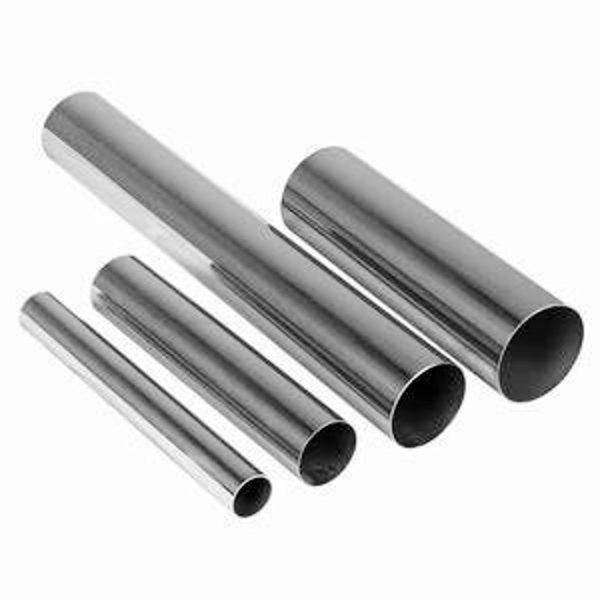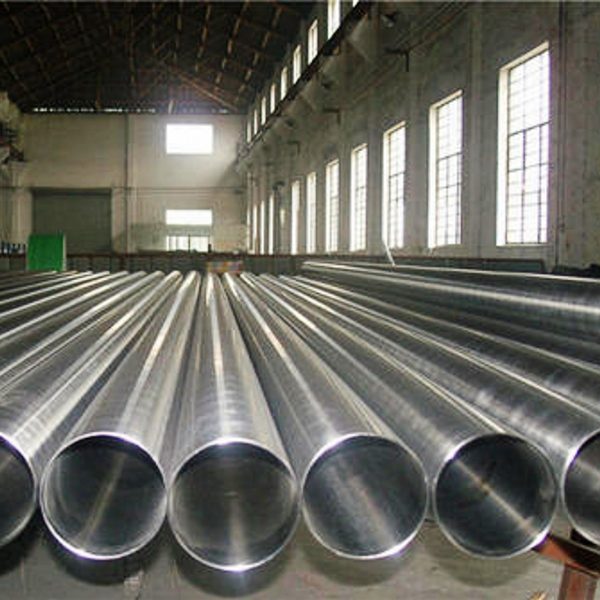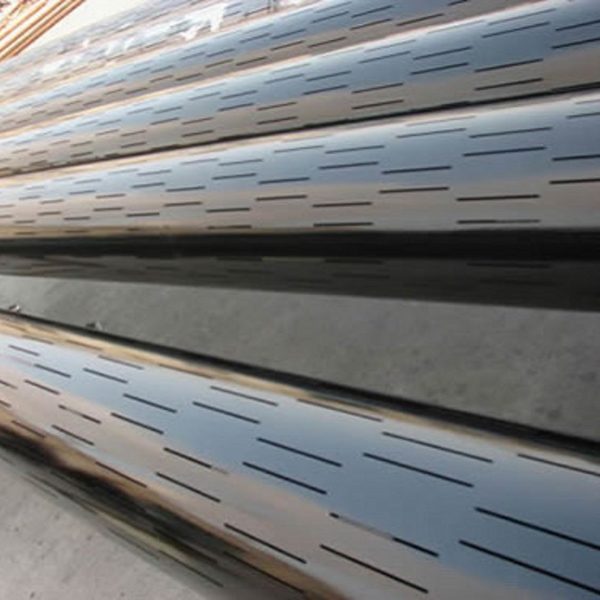201 Stainless Steel Pipe/SS201 Tubing
Holic® offers 201 Stainless Steel Pipes and Tubes of ASTM A666 and ASTM A240.
Type 201 stainless steel is an alloy that contains half the nickel and more manganese and nitrogen than other popular steels. While it is less expensive than some other alloys (because of its low nickel content), it is not as easy to work or form. Type 201 is an austenitic metal because it is non-magnetic stainless steel that contains high levels of chromium and nickel and low levels of carbon.
Item Name: 201 Stainless Steel Pipe.
Brand: HOLIC®.
Standard: ASTM A240, ASTM A666
Product Description
Type 201 Stainless Steel Pipe Factory:
Holic Oil Pipeline Co., LTD.
Type 201 Stainless Steel Pipe Basics:
Type 201 stainless steel is an alloy that contains half the nickel and more manganese and nitrogen than other popular steels. While it is less expensive than some other alloys (because of its low nickel content), it is not as easy to work or form. Type 201 is an austenitic metal because it is non-magnetic stainless steel that contains high levels of chromium and nickel and low levels of carbon.
Item Name: 201 Stainless Steel Pipe.
What is Stainless Steel Pipe?
Stainless steel refers to the alloy steel which can resist the corrosion of weak corrosive medium such as air, steam, water and chemical corrosive medium such as acid, alkali and salt. The corrosion resistance of stainless steel depends on the alloy elements contained in the steel. The basic alloy elements of stainless steel include nickel, molybdenum, titanium, niobium, copper, nitrogen, etc.
Stainless steel belongs to alloy steel, a kind of high alloy steel, which contains a lot of chromium, enough nickel and a certain amount of titanium. The role of chromium is to make the steel corrosion resistant, and the role of nickel is to reduce the austenitizing temperature of stainless steel. The total content of alloy elements can reach 10-28%, so it is a high alloy steel.
Advantages of stainless steel pipes
- Luster and Polishing surface
Our stainless steel is polished to ensure quality.
- Corrosion resistance
When the content of chromium atom in steel is not less than 12.5%, electrochemical corrosion can be prevented. Most stainless steel products are required to have good corrosion resistance, such as tableware, kitchen utensils, water heaters, water dispensers, etc. Some foreign buyers also test the corrosion resistance of the products.
- Excellent Solderability
Most of the finished products of stainless steel must have good weldability. Therefore, our stainless steel supplier can provide you with stainless steel with good weldability.
- Heat resistance
Stainless steel still has good physical and mechanical properties at high temperature.
Usage of stainless steel pipe
Although stainless steel pipes are higher cost to sources, according to its outstanding characteristics such as strength, anti rust, corrosion-resistance, stainless steel pipes have been applied in many industries and domains below
- Medical industry,
- Food and catering sector,
- Automotive and transportation industry,
- Construction and architecture domain,
- Energy and heavy industries.
Facts About Type 201 Stainless Steel
Type 201 stainless steel is a mid-range product with a variety of useful qualities. While it is ideal for certain uses, it is not a good choice for structures that may be prone to corrosive forces such as saltwater.
- Type 201 is part of the 200 series of austenitic stainless steel. Originally developed to conserve nickel, this family of stainless steels is characterized by low nickel content.
- Type 201 can substitute for type 301 in many applications, but it’s less resistant to corrosion than its counterpart, particularly in chemical environments.
- Annealed, it is non-magnetic, but type 201 can become magnetic by cold working. Greater nitrogen content in type 201 provides higher yield strength and toughness than type 301 steel, especially at low temperatures.
- Type 201 is not hardened by heat treatment and is annealed at 1850-1950 degrees Fahrenheit (1010-1066 degrees Celsius), followed by water quenching or rapid air cooling.
- Type 201 is used to produce a range of household appliances, including sinks, cooking utensils, washing machines, windows, and doors. It is also used in automotive trim, decorative architecture, railway cars, trailers, and clamps. It is not recommended for structural outdoor applications because of its susceptibility to pitting and crevice corrosion.
Chemical Composition:
| Element | Type 201 |
| Carbon | 0.15x |
| Manganese | 5.5 – 7.5 |
| Sulfur | 0.03X |
| Phosphorus | 0.060x |
| Silicon | 1.0 x |
| Chromium | 16 – 18 |
| Nickel | 3.5 -5.5 |
| Nitrogen | 0.25x |
Mechanical Properties:
| Type | Yield Strength 0.2% offset (KSI) | Tensile Strength (KSI) | % Elongation (2″ Gauge length) |
Hardness Rockwell |
| 201 Ann | 38 min. | 75 min. | 40% min. | HRB 95 max. |
| 201 ¼ Hard | 75 min. | 125 min. | 25.0 min. | 25 – 32 HRC (typical) |
| 201 ½ Hard | 110 min. | 150 min. | 18.0 min. | 32 – 37 HRC (typical) |
| 201 ¾ Hard | 135 min. | 175 min. | 12.0 min. | 37 – 41 HRC (typical) |
| 201 Full Hard | 145 min. | 185 min. | 9.0 min. | 41 – 46 HRC (typical) |
Fabrication
Type 201 Stainless Steel can be fabricated by bench forming, roll forming and brake bending in much the same manner as Type 301. However, because of its higher strength, it may exhibit greaterspringback. This material can be drawn similarly to Type 301 in most drawing operations if more power is used and the hold-down pressure is increased.
Heat Treatment
Type 201 is not hardenable by heat treatment. Annealing: Anneal at 1850 – 1950 °F (1010 – 1066 °C), then water quench or rapidly air cool. The annealing temperature should be kept as low as possible, consistent with the desired properties, because Type 201 tends to scale more than Type 301.
Weldability
The austenitic class of stainless steels is generally considered to be weldable by the common fusion and resistance techniques. Special consideration is required to avoid weld “hot cracking” by assuring formation of ferrite in the weld deposit. As with other chrome-nickel austenitic stainless steel grades where carbon is not restricted to 0.03% or below, the weld heat affected zone may be sensitized and subject to intergranular corrosion in some environments.This particular alloy is generally considered to have poorer weldability to the most common alloy of this stainless class, Type 304L Stainless Steel. When a weld filler is needed, AWS E/ER 308 is most often specified. Type 201 Stainless Steel is well known in reference literature and more information can be obtained in this way.
Our advantages:
As a leading brand of oil pipeline products in China, Holic® is working on providing high quality 201 Stainless Steel Pipes and Tubes with most competitive price.







